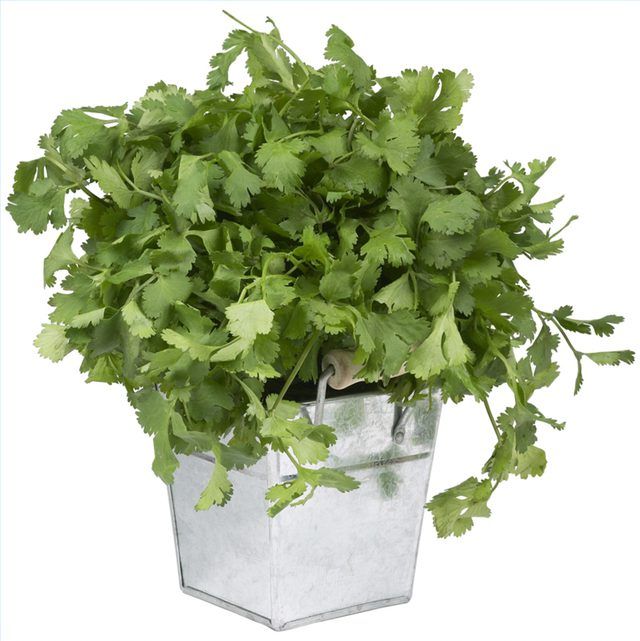Bulbs
Flower Basics
Flower Beds & Specialty Gardens
Flower Garden
Garden Furniture
Garden Gnomes
Garden Seeds
Garden Sheds
Garden Statues
Garden Tools & Supplies
Gardening Basics
Green & Organic
Groundcovers & Vines
Growing Annuals
Growing Basil
Growing Beans
Growing Berries
Growing Blueberries
Growing Cactus
Growing Corn
Growing Cotton
Growing Edibles
Growing Flowers
Growing Garlic
Growing Grapes
Growing Grass
Growing Herbs
Growing Jasmine
Growing Mint
Growing Mushrooms
Orchids
Growing Peanuts
Growing Perennials
Growing Plants
Growing Rosemary
Growing Roses
Growing Strawberries
Growing Sunflowers
Growing Thyme
Growing Tomatoes
Growing Tulips
Growing Vegetables
Herb Basics
Herb Garden
Indoor Growing
Landscaping Basics
Landscaping Patios
Landscaping Plants
Landscaping Shrubs
Landscaping Trees
Landscaping Walks & Pathways
Lawn Basics
Lawn Maintenance
Lawn Mowers
Lawn Ornaments
Lawn Planting
Lawn Tools
Outdoor Growing
Overall Landscape Planning
Pests, Weeds & Problems
Plant Basics
Rock Garden
Rose Garden
Shrubs
Soil
Specialty Gardens
Trees
Vegetable Garden
Yard Maintenance
How to Grow Coriander/Cilantro
How to Grow Coriander/Cilantro. You can grow this Mediterranean native for its leaves, which are known as cilantro, or for its dried seeds, called coriander. It's an annual herb that will grow in USDA zone 3 and warmer, but it thrives in damp, cool springs and hot, dry summers.

You can grow this Mediterranean native for its leaves, which are known as cilantro, or for its dried seeds, called coriander. It's an annual herb that will grow in USDA zone 3 and warmer, but it thrives in damp, cool springs and hot, dry summers.
Things You'll Need
Bypass Pruners
Compost Makers
Fertilizers
Garden Spades
Garden Trowels
Mulch
Planting Containers
Potting Soil
Seeds
Choose a site that gets full sun. Like most herbs, coriander isn't fussy about pH, but it needs soil that's well-drained and amended with plenty of compost.
Plant coriander where you want it to grow; it quickly develops a deep taproot that doesn't respond well to transplanting.
Sow seeds 1/2 inch deep after all danger of frost has passed. When plants emerge, thin them to 4 inches apart and mulch to conserve moisture and deter weeds. Keep a close eye on young plants to make sure they don't dry out, but once established, coriander (Mediterranean native that it is) needs little water.
Ensure a steady supply of leaves by sowing succession crops every three weeks until late summer.
Harvest entire plants when they're about 6 inches high if you want only the leaves.
Wait until the seeds start to ripen, in late summer or early autumn, if they're your prime target. Cut plants off at the base and hang them upside down in paper bags to finish drying.
Tips & Warnings
Cilantro, also known as Chinese parsley, finds its way into myriad Asian and Mexican recipes; coriander has long been a favorite on British and European spice racks.
Like most herbs, coriander performs well in containers, but choose pots that are at least 12 inches deep to accommodate the plant's taproot. Use potting soil enriched with compost and water regularly.
In containers, as in the ground, direct seeding is best. If you must have the instant impact of started plants from the nursery, be sure they're growing in peat pots that can go into the soil, leaving the roots undisturbed.